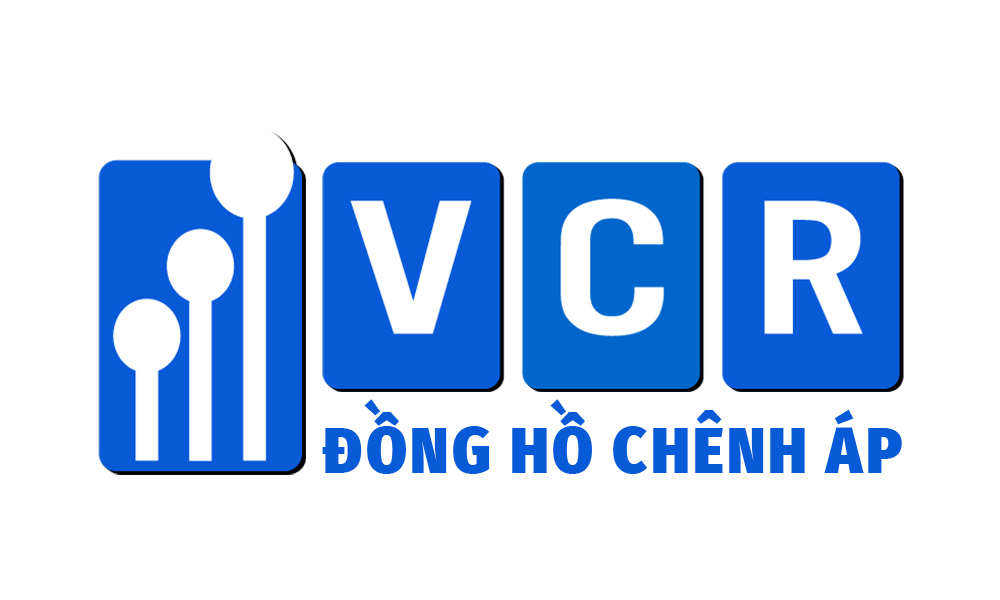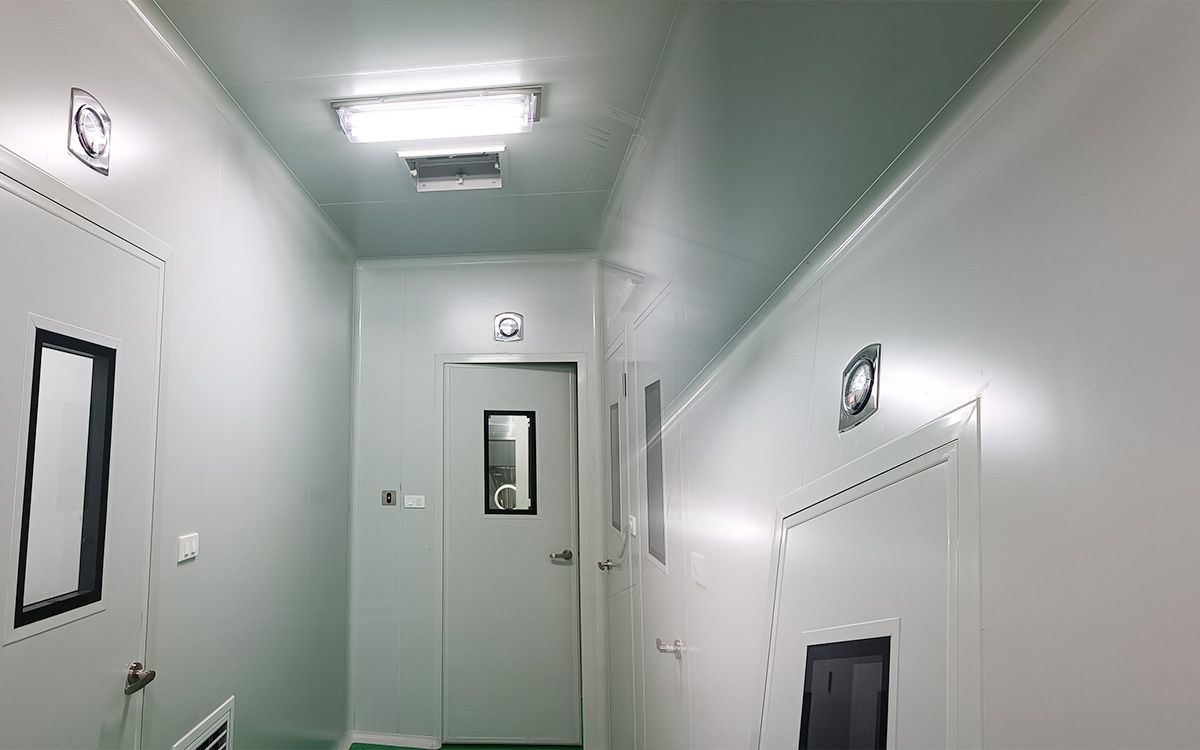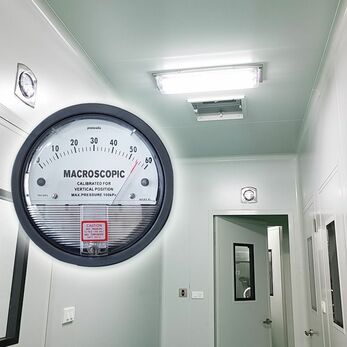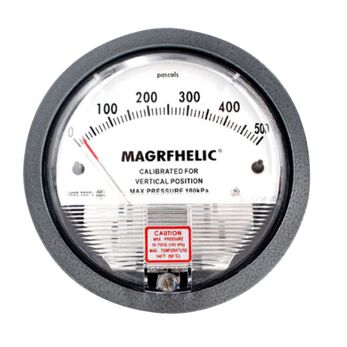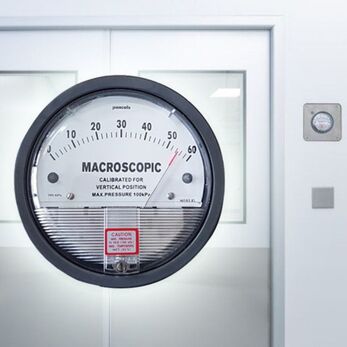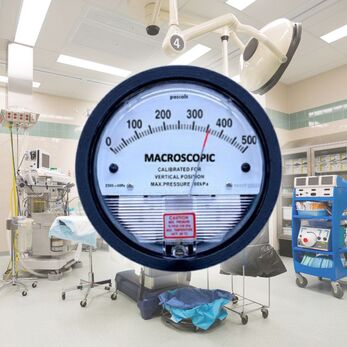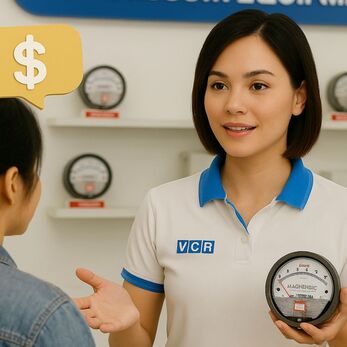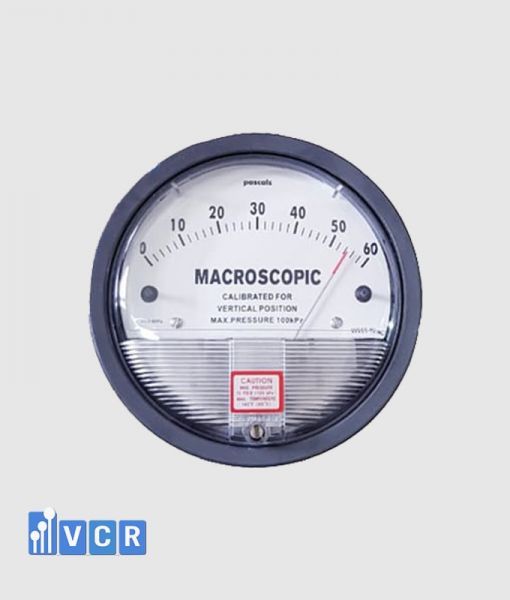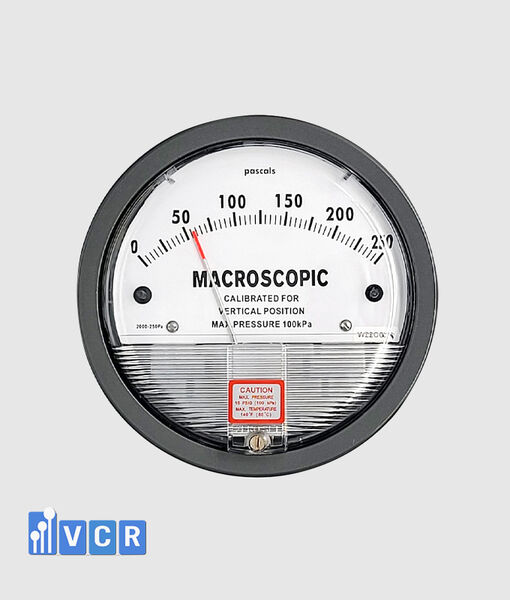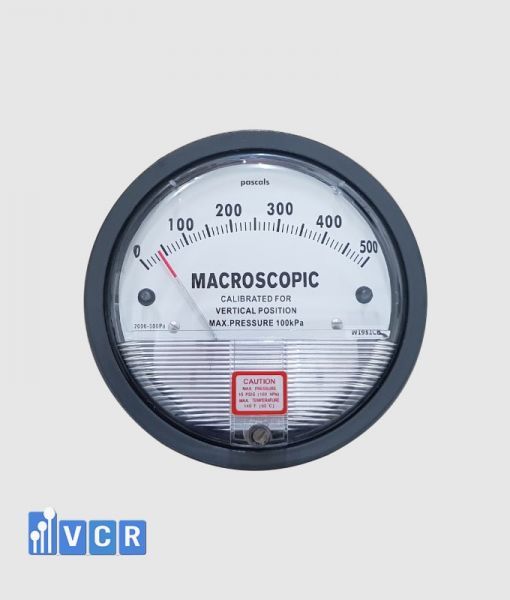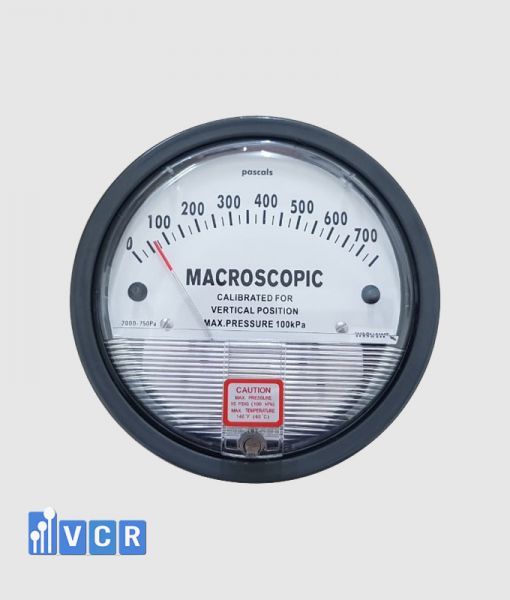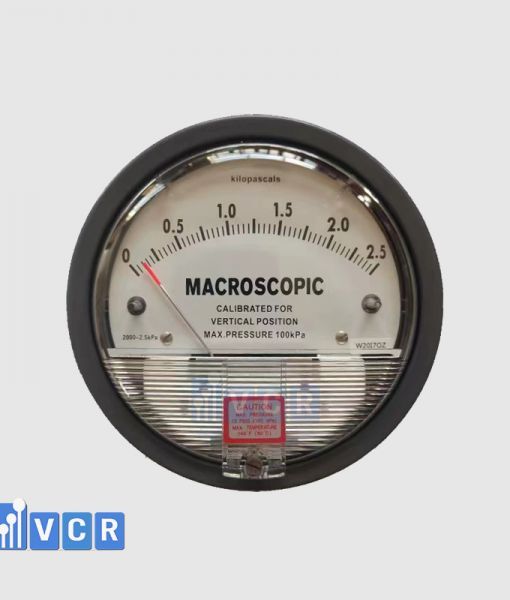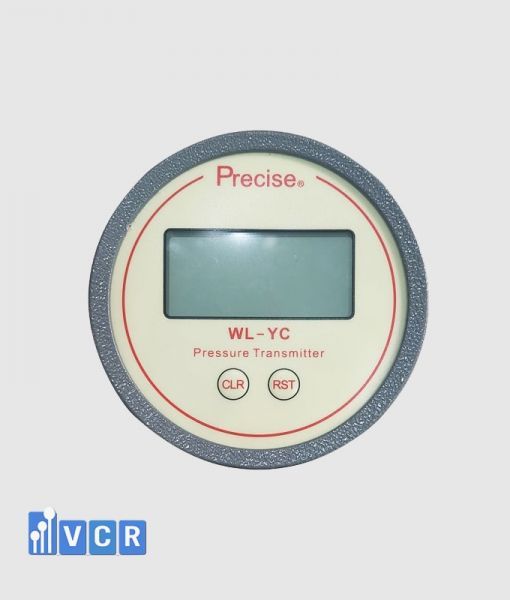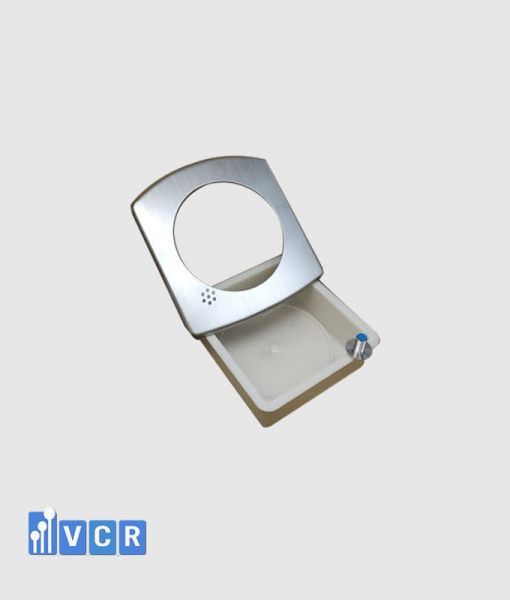Differential pressure gauges play a crucial role in maintaining optimal conditions within cleanrooms by measuring the pressure difference between the controlled environment and the surrounding area.
Choosing the right gauge for your specific cleanroom application is vital to ensure accurate readings and efficient operation. This guide delves into key factors to consider when selecting a differential pressure gauge for cleanroom:
1. Applications of Differential Pressure Gauges
These versatile instruments find use beyond cleanrooms, measuring:
- Pressure of fans and blowers: This helps monitor air circulation and identify potential equipment issues.
- Air velocity: Crucial for ensuring proper airflow and contaminant control.
- Pressure drops across filters: Allows evaluation of filter performance and replacement needs.
- Liquid levels: Useful in bubbler systems for measuring pressure differences indirectly.
- Pressures in fluidic systems: Relevant in various industrial and research applications.

See more: Differential Pressure Gauge in Pharmaceuticals Cleanrooms
2. Popular Differential Pressure Gauge Brands
While VCR offers various gauges, including Magnehelic and Macroscopic brands, this article highlights the specifications of Dwyer differential pressure gauges:
- Temperature Limit: -15°C to 60°C (5°F to 140°F)
- Pressure Limit: -68 kPa to 103 kPa (-10 psi to 15 psi)
- Overpressure Protection: A pressure relief valve safeguards against excessive pressure.
- Connections: 1/8" NPT high and low-pressure taps (duplicate pairs on the side and back).
- Housing: Durable die-cast aluminum construction with an acrylic cover.
- Accuracy: ±2% of Full Scale (FS) at 21°C (70°F) (with variations for specific ranges).
- Standard Accessories: Includes pipe plugs, tubing adapters, and additional fittings.
- Weight: 460g (1 lb)
3. Selecting the Appropriate Pressure Range
The critical factor in choosing a differential pressure gauge for your cleanroom is the pressure range you need to measure. Here's a general guideline:
- Clean and Dust-Free Rooms: Opt for gauges with a 0-60 Pa (0-0.249 inch of water) range, suitable for monitoring minimal pressure differences in controlled environments.
- Filter Efficiency Checks: For assessing the performance of primary, medium, and high-efficiency filters, gauges with wider ranges like 0-250 Pa (0-1 inch of water), 0-500 Pa(0-2 inches of water), or 0-750 Pa (0-3 inches of water) are often preferred.
- Dust Removal Applications: If your primary concern is dust removal, consider gauges with a 0-2 kPa (0-0.8 inch of water) range.

4. Additional Considerations
Beyond the pressure range, consider these factors:
- Accuracy Requirements: Determine the level of accuracy needed for your application. Higher accuracy gauges may be necessary for critical cleanroom operations.
- Digital vs. Mechanical: While mechanical gauges are generally more affordable, digital differential pressure gauges offer features like data logging and alarms, improving convenience and monitoring capabilities.
- Durability and Reliability: Choose a gauge built with high-quality materials and a proven track record of reliability in cleanroom environments.
See more: Applications of Differential Pressure Gauges
By carefully considering these factors and consulting with cleanroom equipment experts, you can select the ideal differential pressure gauge to ensure the optimal performance and proper functioning of your cleanroom.


